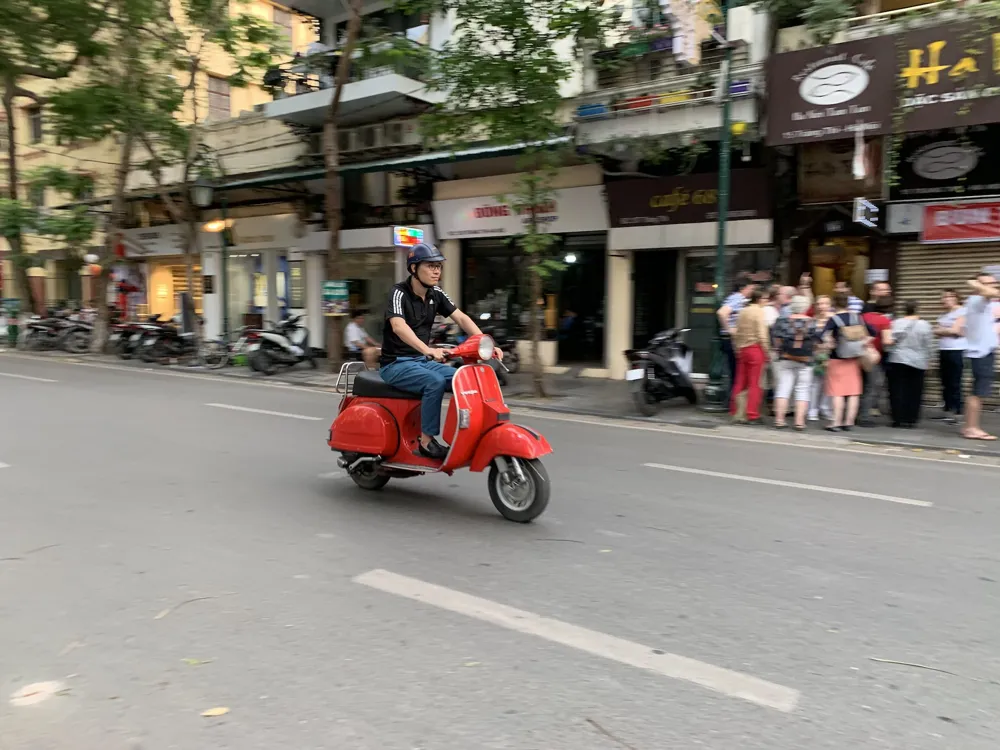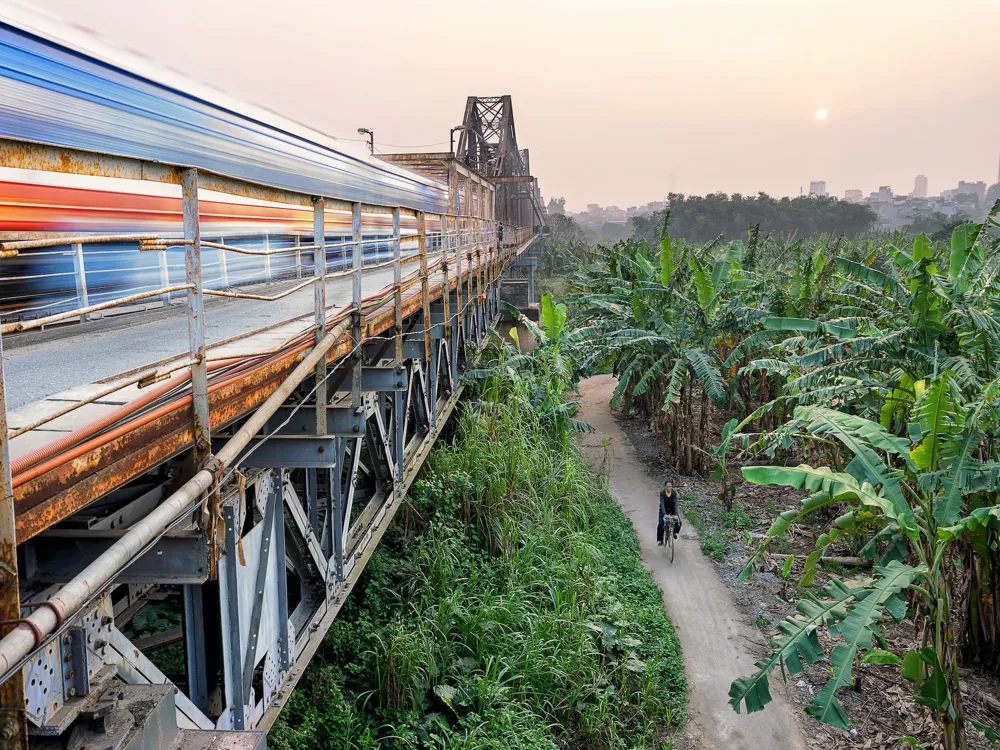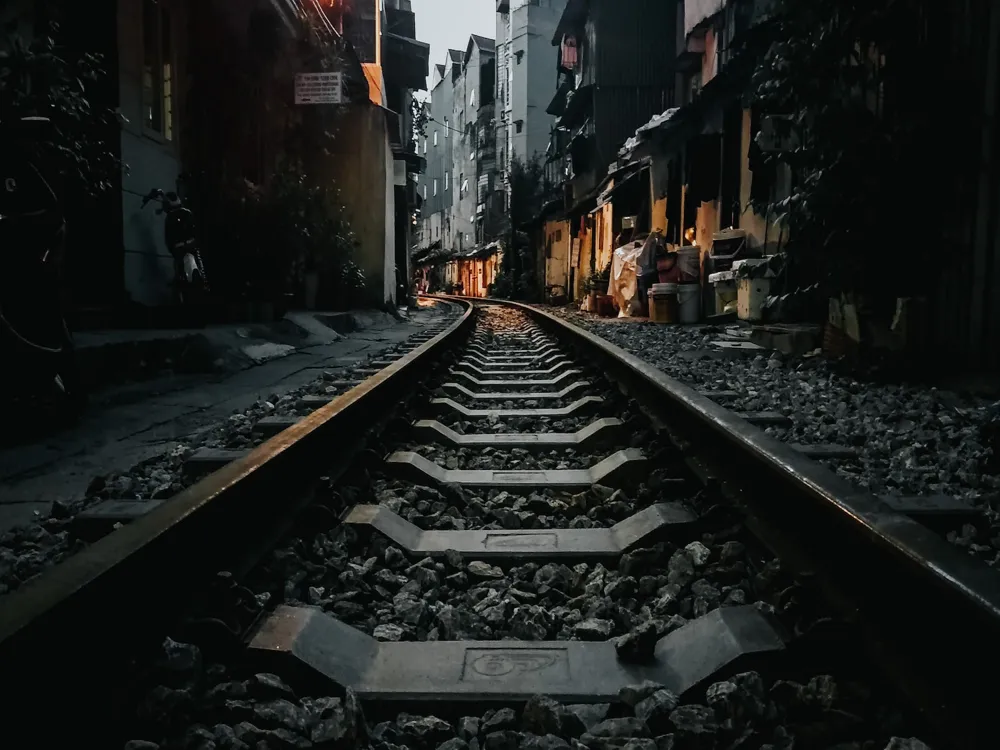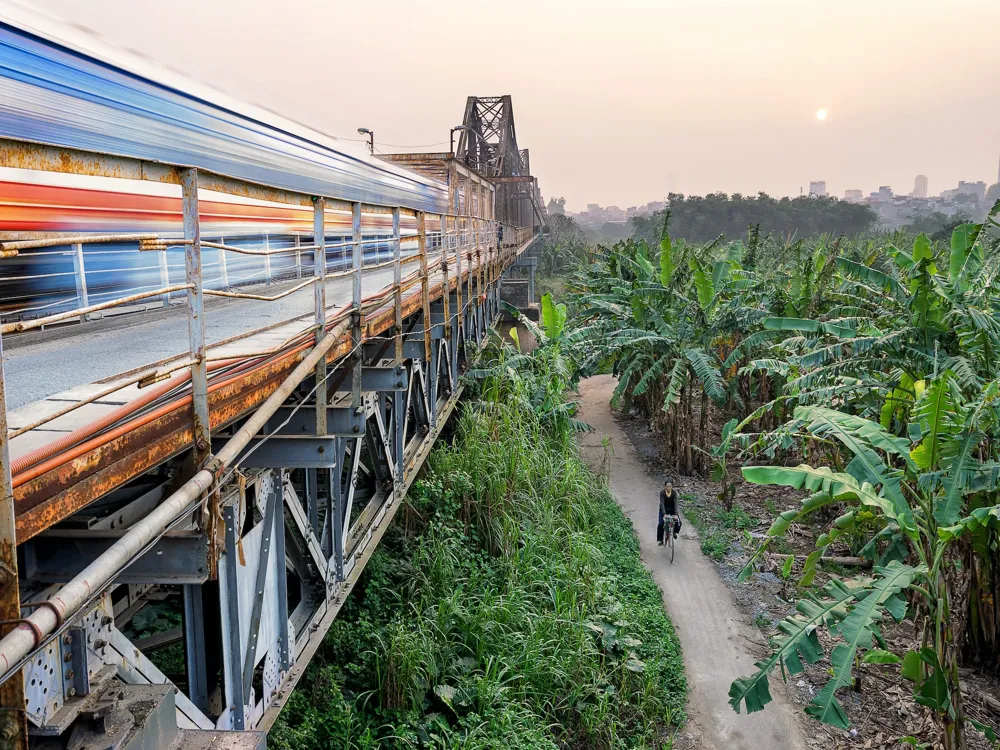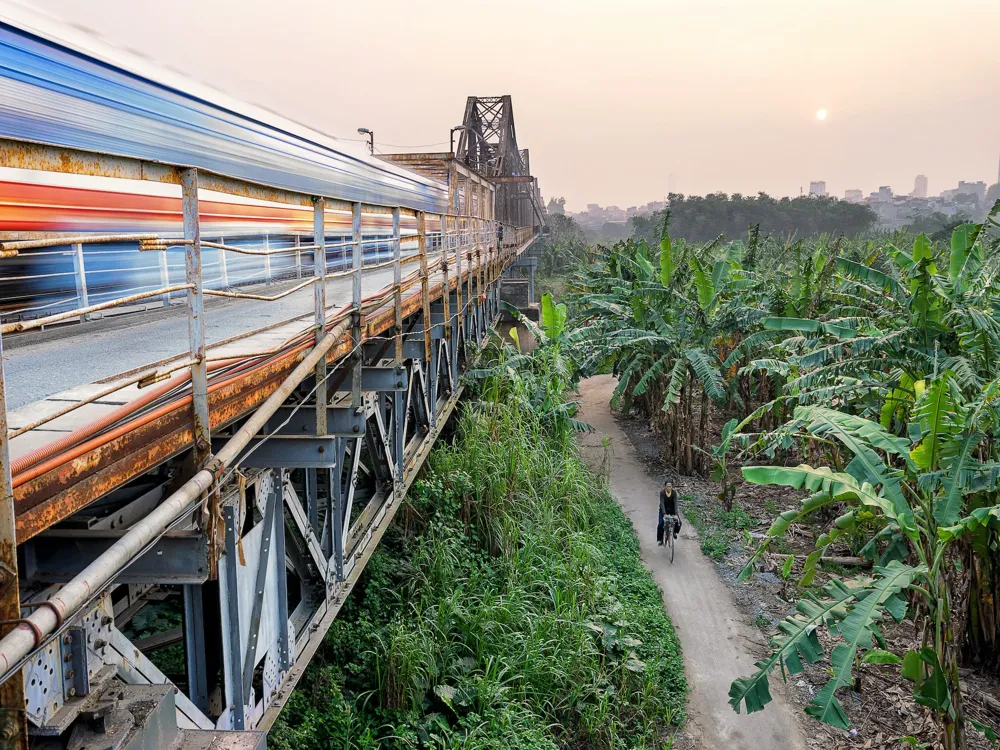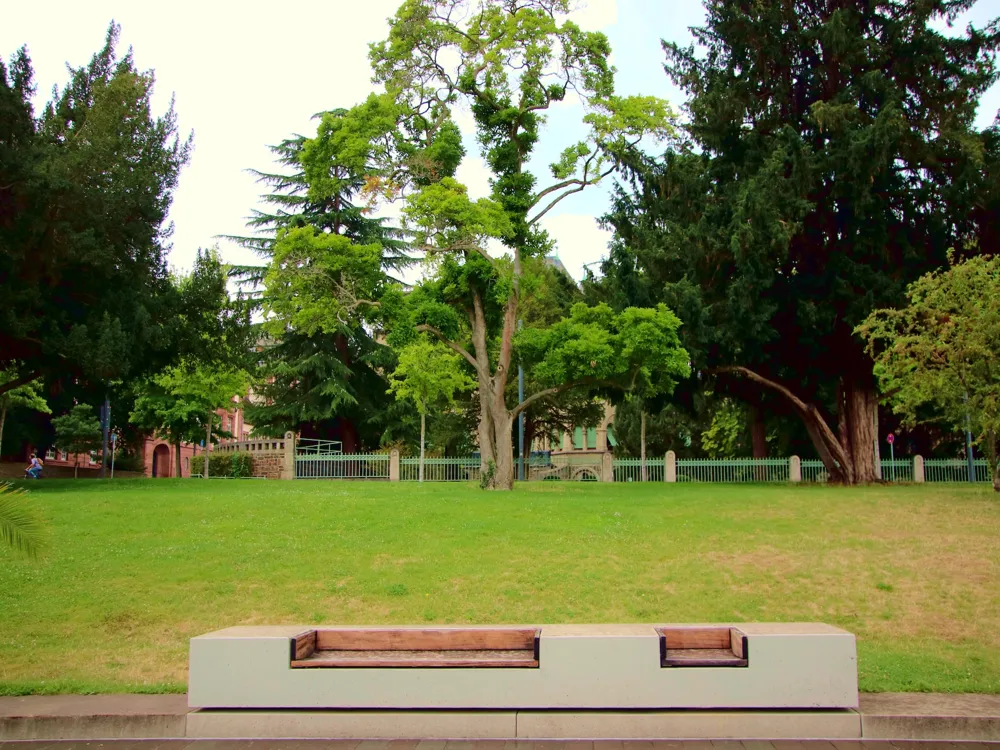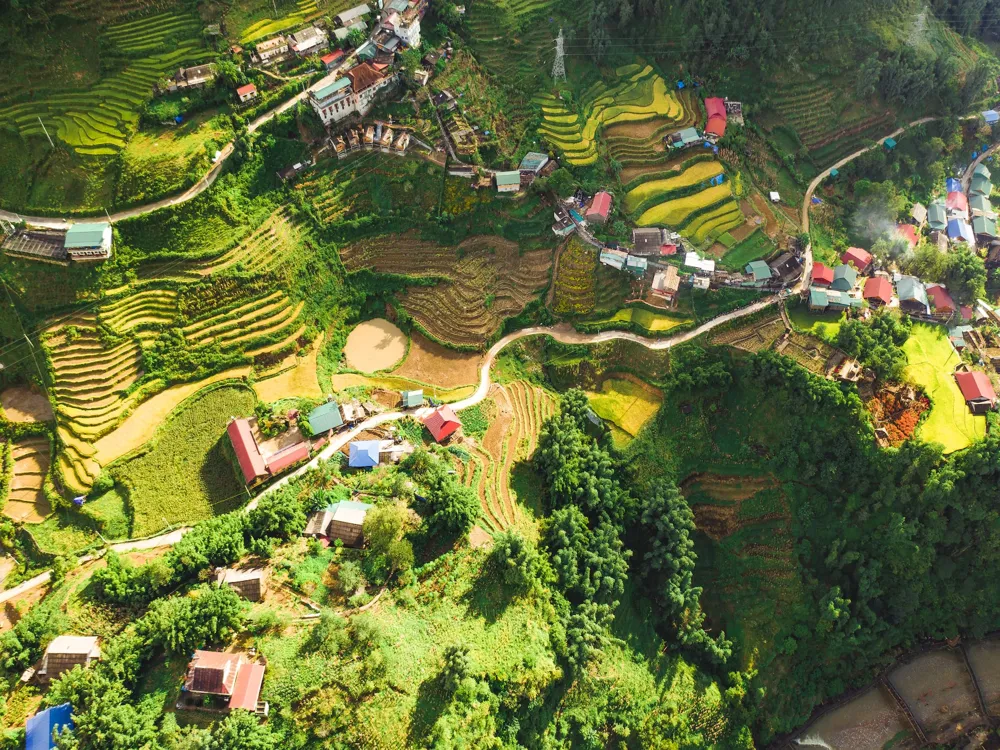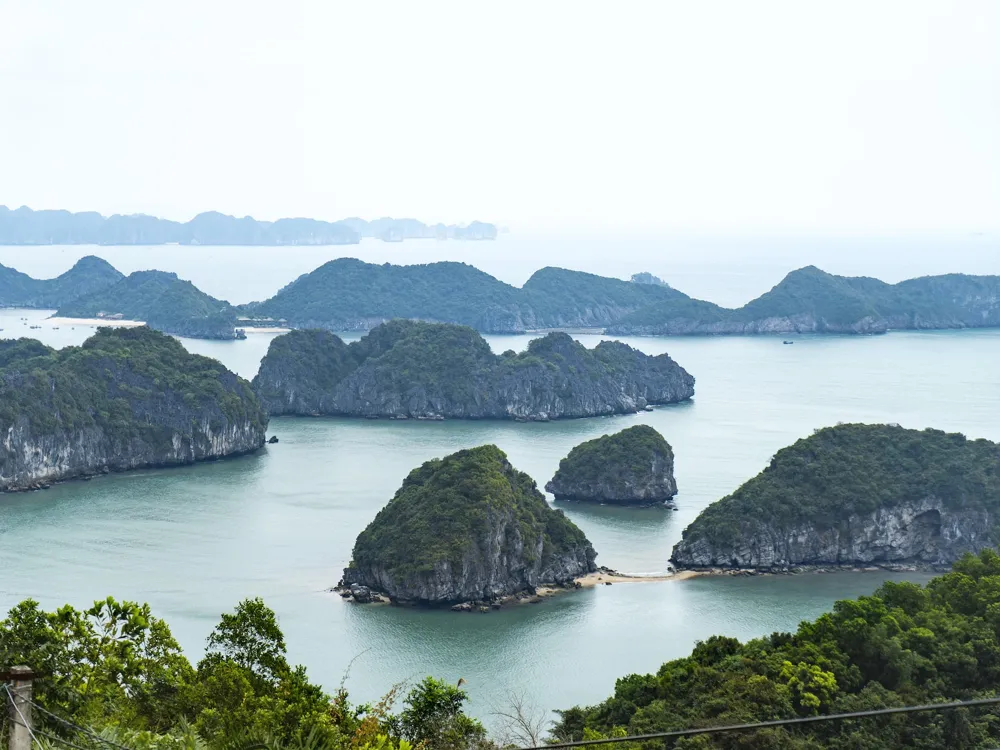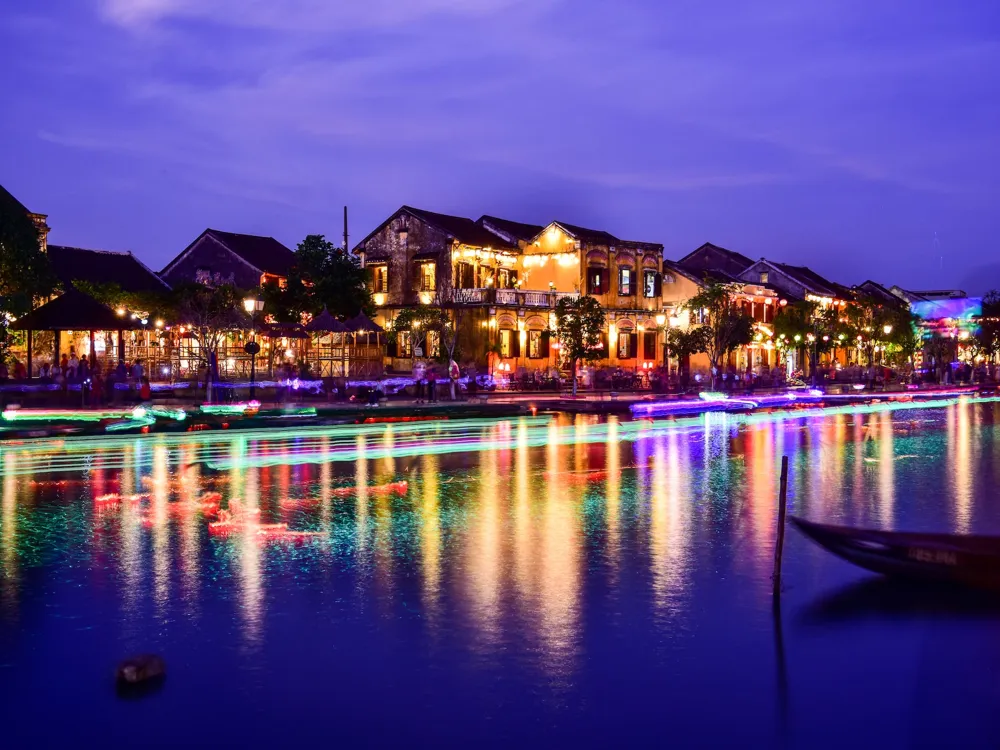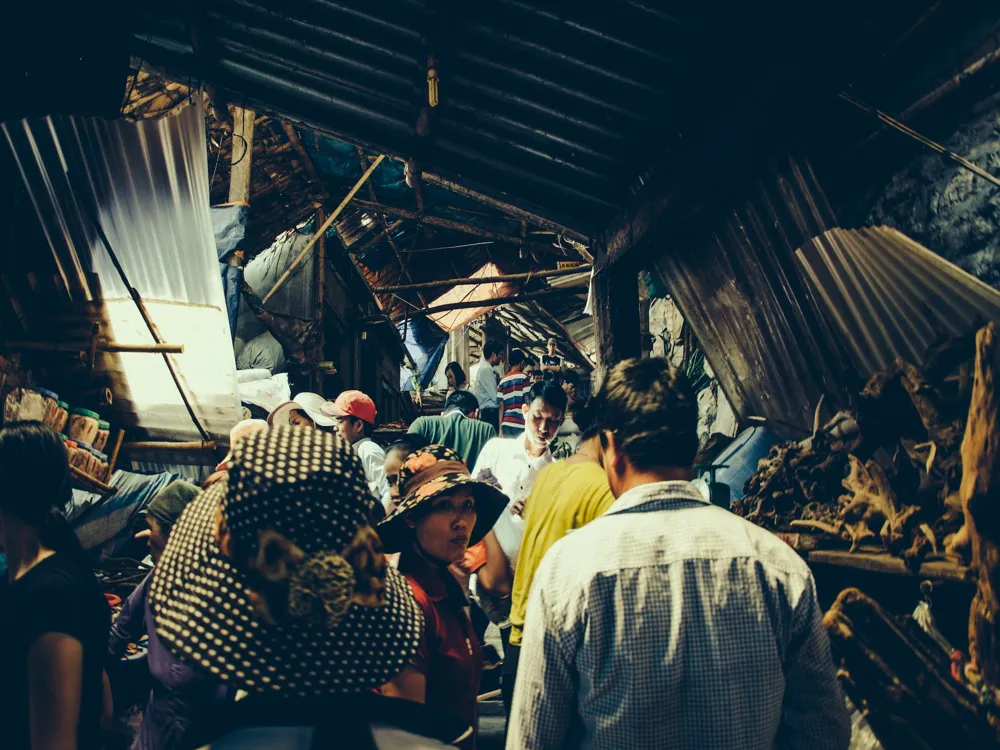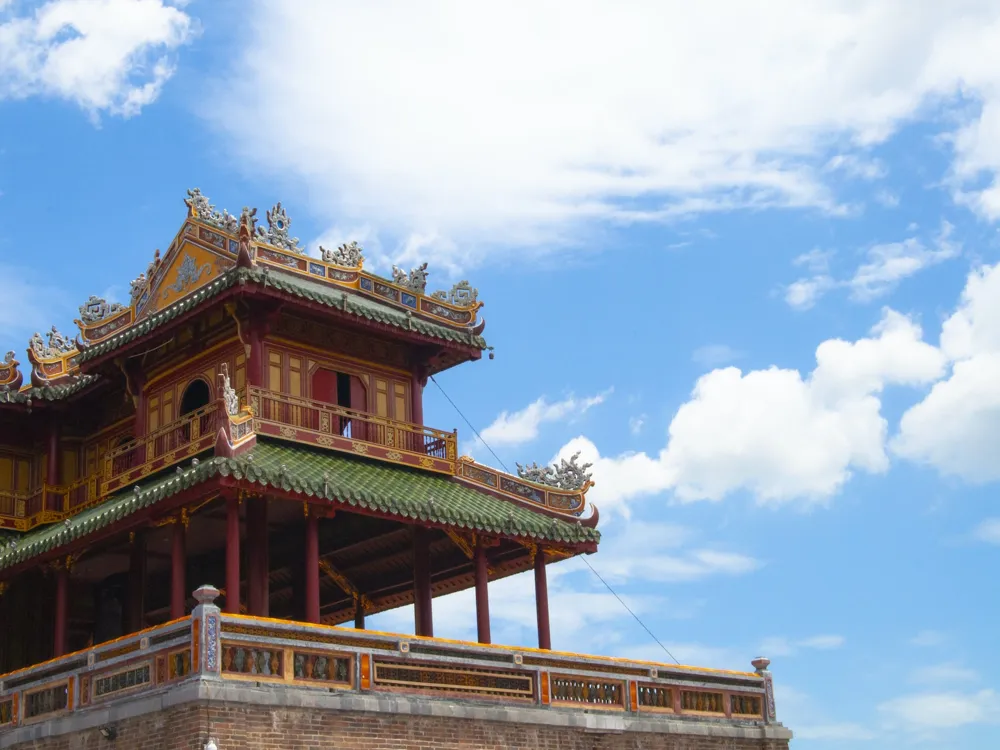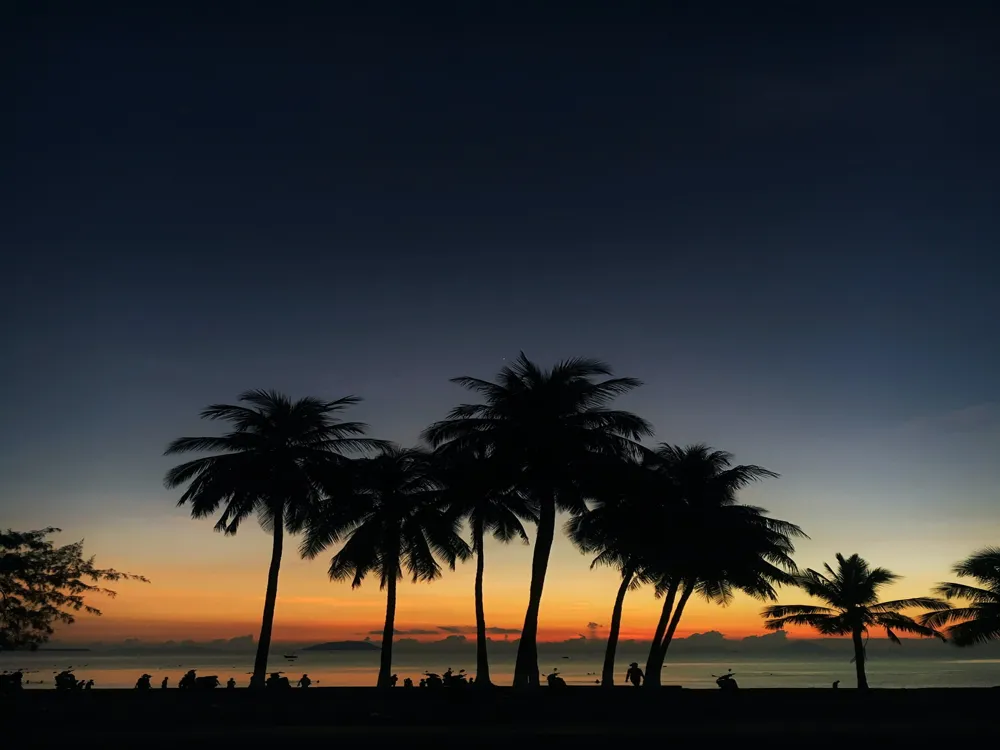Hanoi, the capital city of Vietnam, is a mesmerizing blend of Eastern and Western cultures, largely influenced by Southeast Asian, Chinese, and French traditions. Known for its centuries-old architecture and a rich culture with Southeast Asian, Chinese and French influences, Hanoi is not just a city but a storyteller of its past. This vibrant city offers a journey through time with its well-preserved colonial buildings, ancient pagodas, and unique museums in the heart of a rapidly growing modern cityscape. Founded in 1010, Hanoi has a long history which is reflected in its architecture, cuisine, and culture. With its bustling street markets, serene lakes, and scenic parks, the city offers a multitude of experiences for visitors. The Old Quarter, with its narrow streets and traditional shophouses, is a hub for cultural exploration. Meanwhile, Hanoi's cuisine, known for its street food scene, provides a tantalizing exploration of flavors and dishes unique to the region. Hanoi also serves as a gateway to other regions of Vietnam, including Ha Long Bay, the Northern Mountainous region, and the historical city of Hue. This strategic location makes it a focal point for cultural and economic activities, drawing visitors from all corners of the globe. Whether it's exploring its historical sites, enjoying its vibrant nightlife, or immersing in its rich cultural tapestry, Hanoi offers an unparalleled experience in the heart of Vietnam. Hanoi's architecture is a vivid representation of its history, with influences from various periods and cultures. The city's landscape is dotted with ancient temples, French colonial buildings, Soviet-style constructions, and modern skyscrapers, each telling a different story of Hanoi's past and present. The Old Quarter, Hanoi's historical heart, showcases traditional Vietnamese architecture seen in its narrow houses known as 'tube houses'. These structures reflect the adaptation to the constraints of the city's old street plan and are characterized by their narrow fronts and deep lengths. The area also houses ancient temples and pagodas, preserving the spiritual and architectural traditions of the past. In contrast, the French Quarter displays the elegance of French colonial architecture. Grand boulevards lined with trees, and significant buildings like the Hanoi Opera House and the State Bank of Vietnam, exhibit the European influence on the city. This fusion of styles contributes to Hanoi's unique architectural character, bridging the gap between East and West. Modern architecture in Hanoi is represented by high-rise buildings and modernist structures. The city's skyline, with its rapidly growing number of skyscrapers, symbolizes the economic growth and modernization of Vietnam. This blend of old and new, traditional and modern, is what makes Hanoi's architecture unique and fascinating to explore. The best time to visit Hanoi is during the spring (February to April) and autumn (September to November) months. During these periods, the weather is pleasant with moderate temperatures and less rainfall, making it ideal for exploring the city's outdoor attractions. Getting around Hanoi can be an adventure in itself. The city is well-connected by a network of buses, and taxis are readily available. For a more authentic experience, try the cyclos (three-wheeled bicycle taxis) or rent a motorbike to navigate the city like a local. Hanoi is famous for its street food culture. Don't miss trying local specialties like Pho (noodle soup), Bun Cha (grilled pork with noodles), and Banh Mi (Vietnamese sandwich). Explore the street food markets for a taste of authentic local flavors. When visiting religious sites, dress conservatively and remove your shoes before entering. It's also important to show respect to cultural norms and traditions, and always ask for permission before taking photos of people. While Hanoi is relatively safe for tourists, it's advisable to be cautious of your belongings in crowded places. Be aware of traffic when crossing streets, as the city is known for its bustling traffic. Hanoi is accessible via the Noi Bai International Airport, which is well connected to major cities around the world. From the airport, visitors can take taxis, buses, or private car services to reach the city center. For those traveling from within Vietnam, Hanoi is well-connected by road and rail, with frequent bus and train services from major cities like Ho Chi Minh City and Da Nang. For a more scenic route, consider taking a cruise or a river trip to Hanoi from nearby provinces. These modes of transport offer a unique perspective of the Vietnamese countryside and its picturesque landscapes.Overview of Hanoi
Architecture of Hanoi
Tips When Visiting Hanoi
Best Time to Visit
Transportation Tips
Local Cuisine
Cultural Etiquette
Safety Tips
How To Reach Hanoi
Old City Gate
Hanoi
₹ 15,260 onwards
View hanoi Packages
Hanoi Travel Packages
View All Packages For Hanoi
Top Hotel Collections for Hanoi

Private Pool

Luxury Hotels

5-Star Hotels

Pet Friendly
Top Hotels Near Hanoi
Other Top Ranking Places In Hanoi
View All Places To Visit In hanoi
View hanoi Packages
Hanoi Travel Packages
View All Packages For Hanoi
Top Hotel Collections for Hanoi

Private Pool

Luxury Hotels

5-Star Hotels

Pet Friendly







